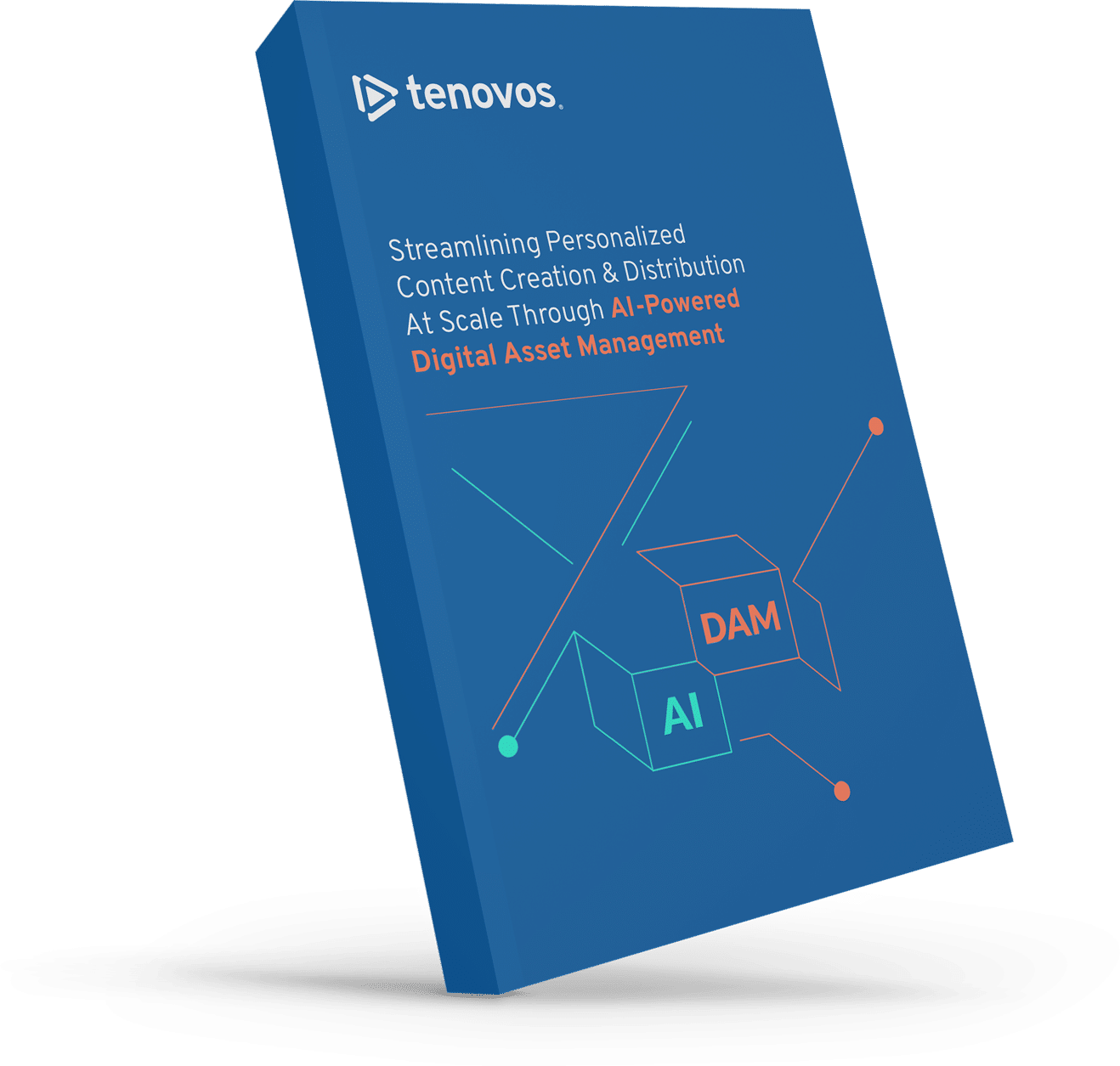Artificial intelligence (AI) has ushered in a new era of personalized content, making generic content marketing a thing of the past. The numbers prove the value of this shift: Investing in personalization can reduce acquisition costs by as much as 50%, lift revenues by up to 15%, and increase the efficiency of marketing spend by 10-30%.
Understanding the power of personalization through AI is only the beginning. Being able to harness its potential with true scalability is something many marketers struggle to achieve. With thousands of personalized iterations in one single marketing campaign, creative teams risk drowning in the sheer scale of it all.
Only 6% of marketers are using advanced AI capabilities, including personalized campaigns with collaborative filtering and predictive models. So while there’s room for improvement when it comes to adoption, the need is well understood. Three in four marketing executives predict that AI adoption is bound to grow in the next few years.
Artificial intelligence can be leveraged throughout the creative value chain to deliver personalized content at scale. It all centers around four areas: content identification, creation, distribution, and optimization.
Content Identification
Image tagging and metadata have opened the door for personalization within the creative value chain. Without them, finding the asset you need is like finding a needle in a haystack: It’s virtually impossible.
Artificial intelligence takes image tagging and metadata a step further by automating the process. Thanks to advanced AI, even images and videos—which are notoriously difficult to auto-tag—can be dynamically discovered and reused. Advances in image recognition technology and auto-transcription, for example, make identifying and organizing digital assets of all shapes and sizes not only possible but scalable.
Content Creation
AI also improves and simplifies the creative process. Advanced AI models can trigger relevant user tasks like transcoding and rights management, freeing the creative team’s time to do more high-level tasks or handle a larger volume of work.
As these advanced AI models analyze trends and identify where automation can be best utilized, they can also predict possible disruptions in the content supply chain. Imagine not only foreseeing but assigning quantifiable data around, say, a missed deadline by the content creation team. How is it likely to trickle down the supply chain and cause more significant problems? Artificial intelligence is being used to do just that and to prevent these problems from happening in the future.
Content Distribution
One of the most impressive applications of AI in marketing is in media buying. Algorithms are used to analyze massive amounts of consumer data to measure campaign performance and make forecasts, allowing marketers to redirect budget toward ad placements that are performing the best.
Digiday reports that AI used in this way helps marketers diminish their cost-per-acquisition while generating higher-quality leads. It’s an expanding area that’s still in its infancy, but its potential for intelligent and intuitive media buying—critical elements for successful content personalization—is worth watching.
Content Optimization
A/B testing can go only so far when it comes to the multivariate world of personalized content. Artificial intelligence is tailor-made for this environment.First, AI can be leveraged to dynamically assemble content using multiple combinations of digital assets. Then, advanced AI models allow proactive monitoring and tweaking of campaign performance across different customer segments, automatically serving up the best-performing content to increase ROI.
The demand for high-quality, personalized content across multiple channels is only increasing.
With AI, marketers can meet this demand and redefine the way their content is found, created, distributed, and optimized so that it reaches each targeted individual when and how they’re most responsive.
Interested in furthering the conversation? Let’s talk.

